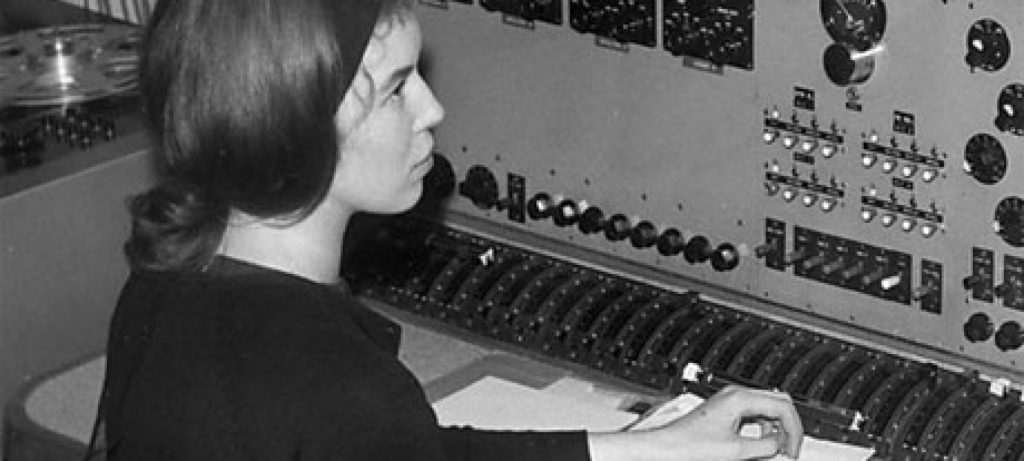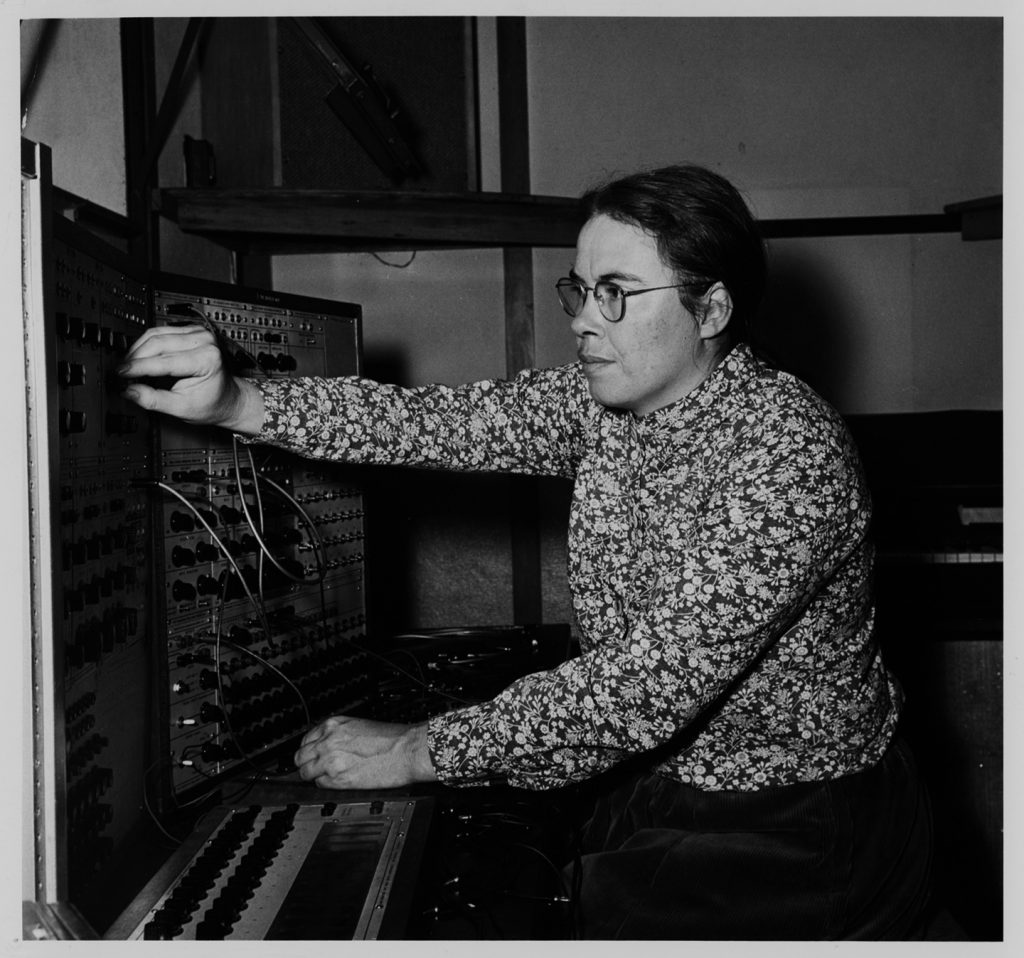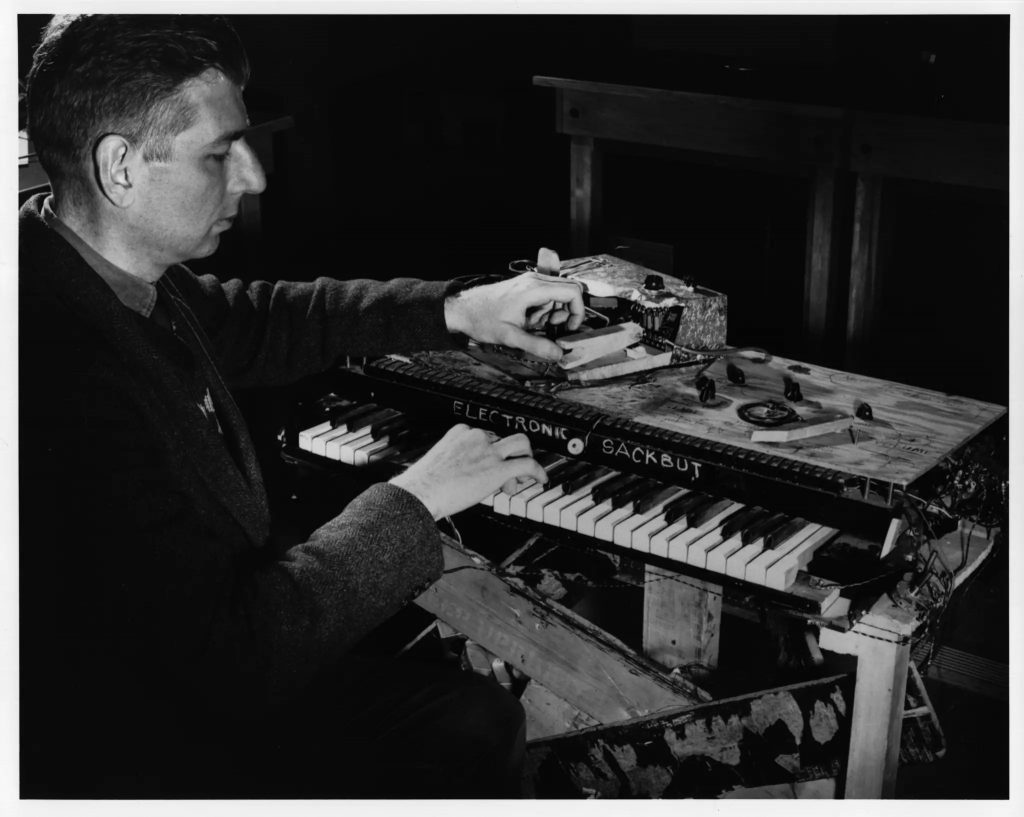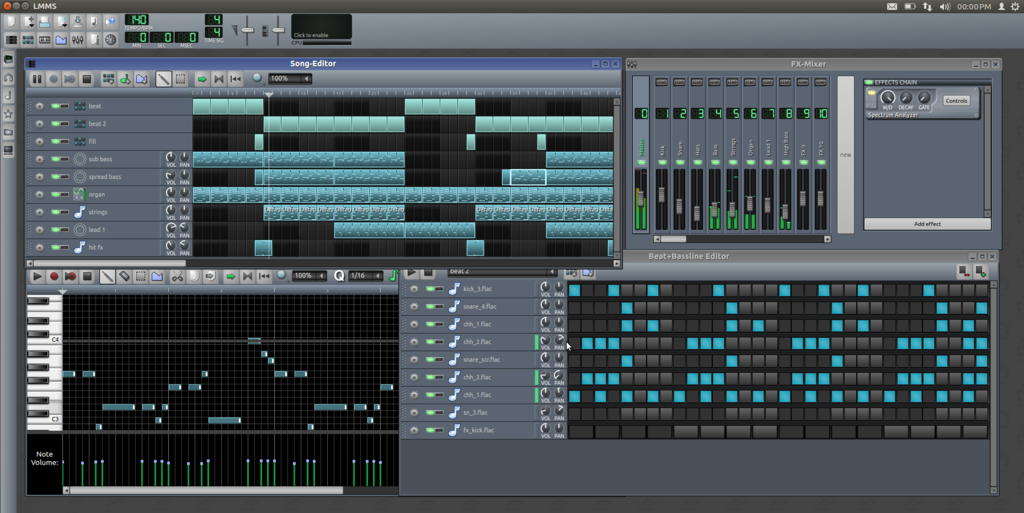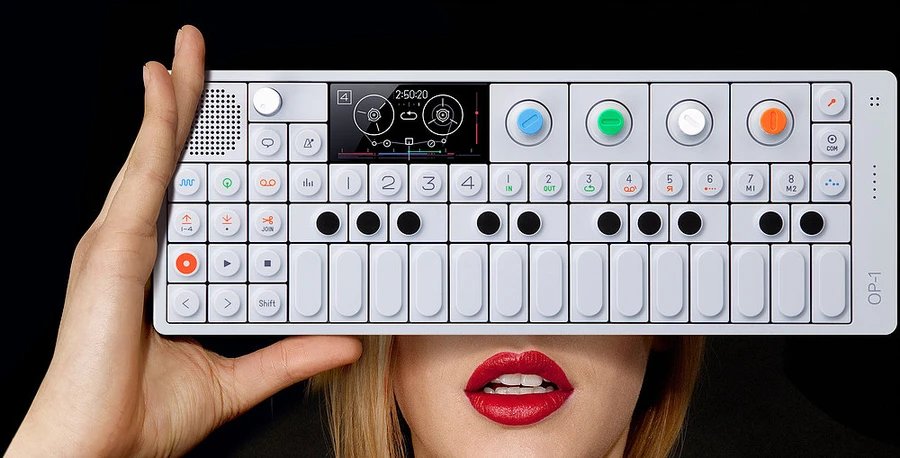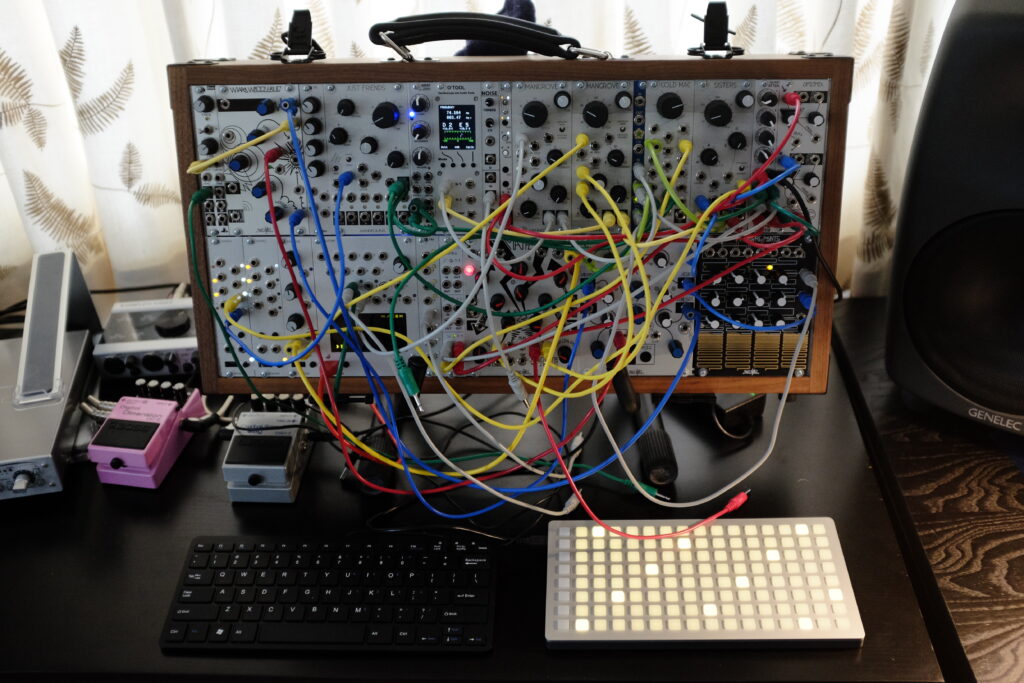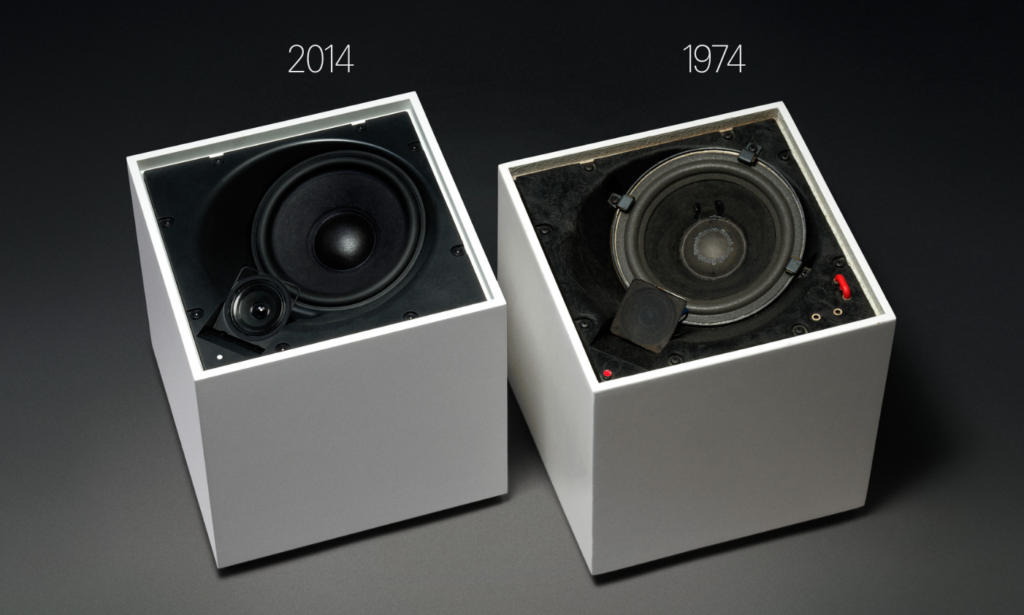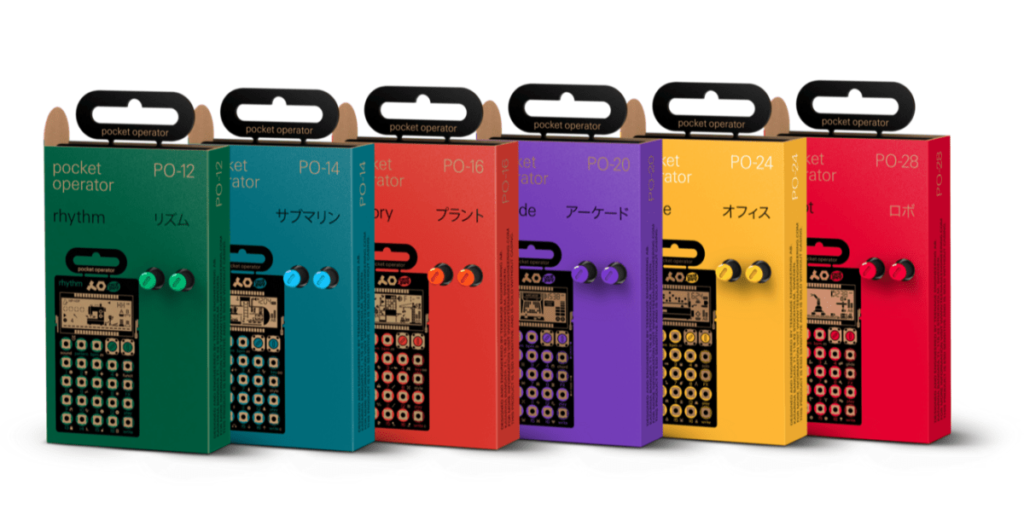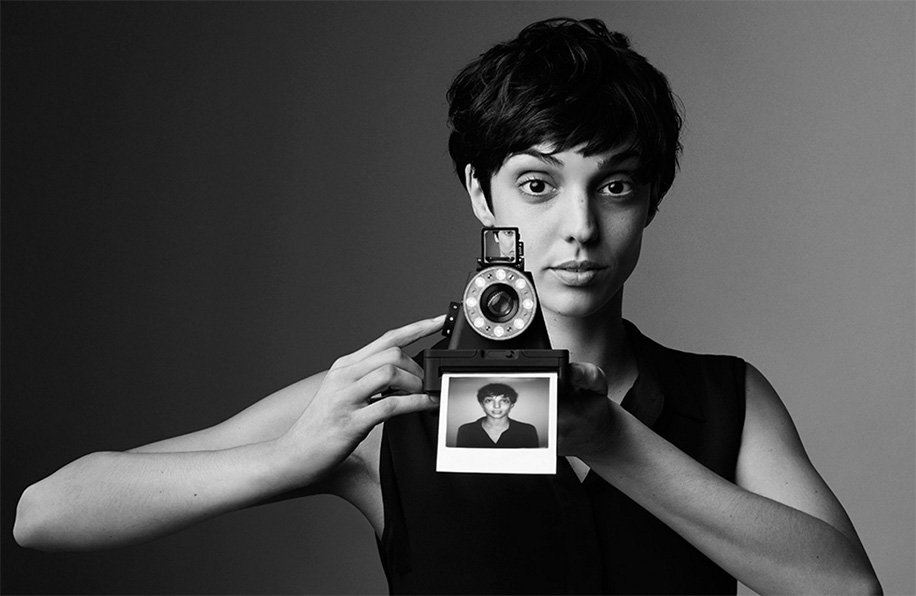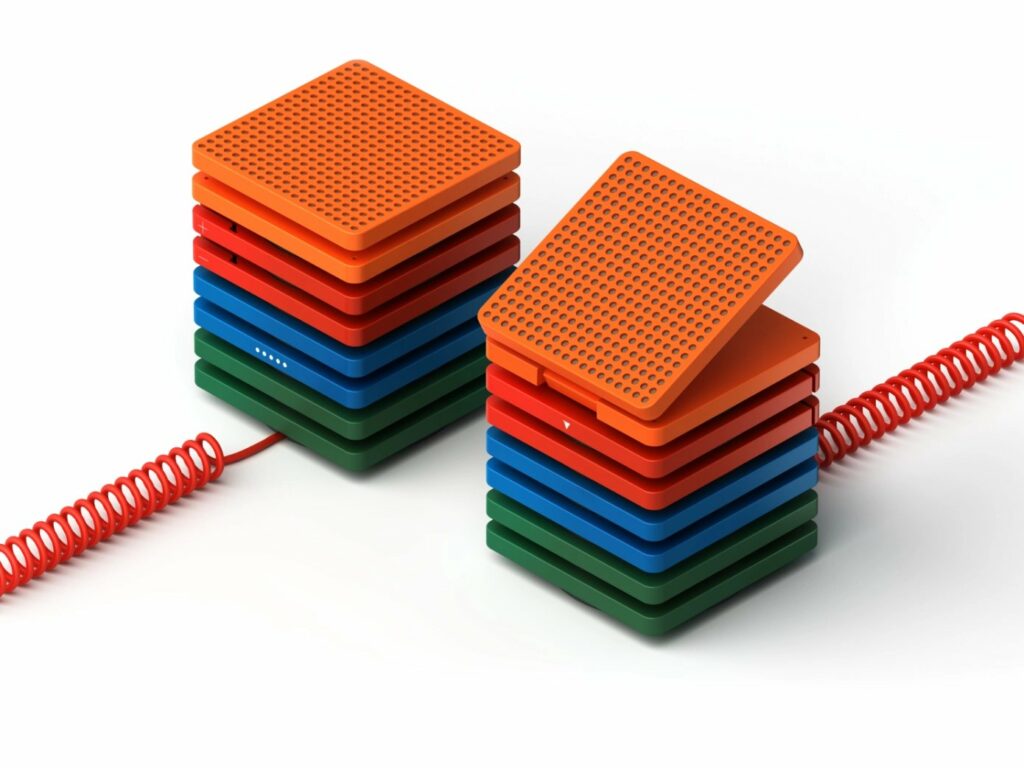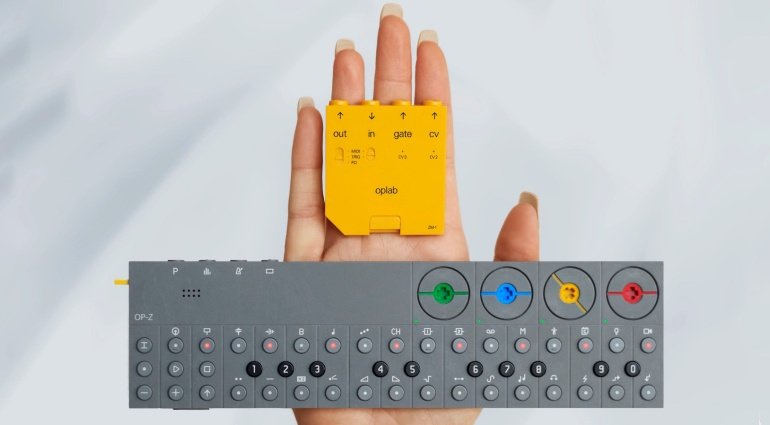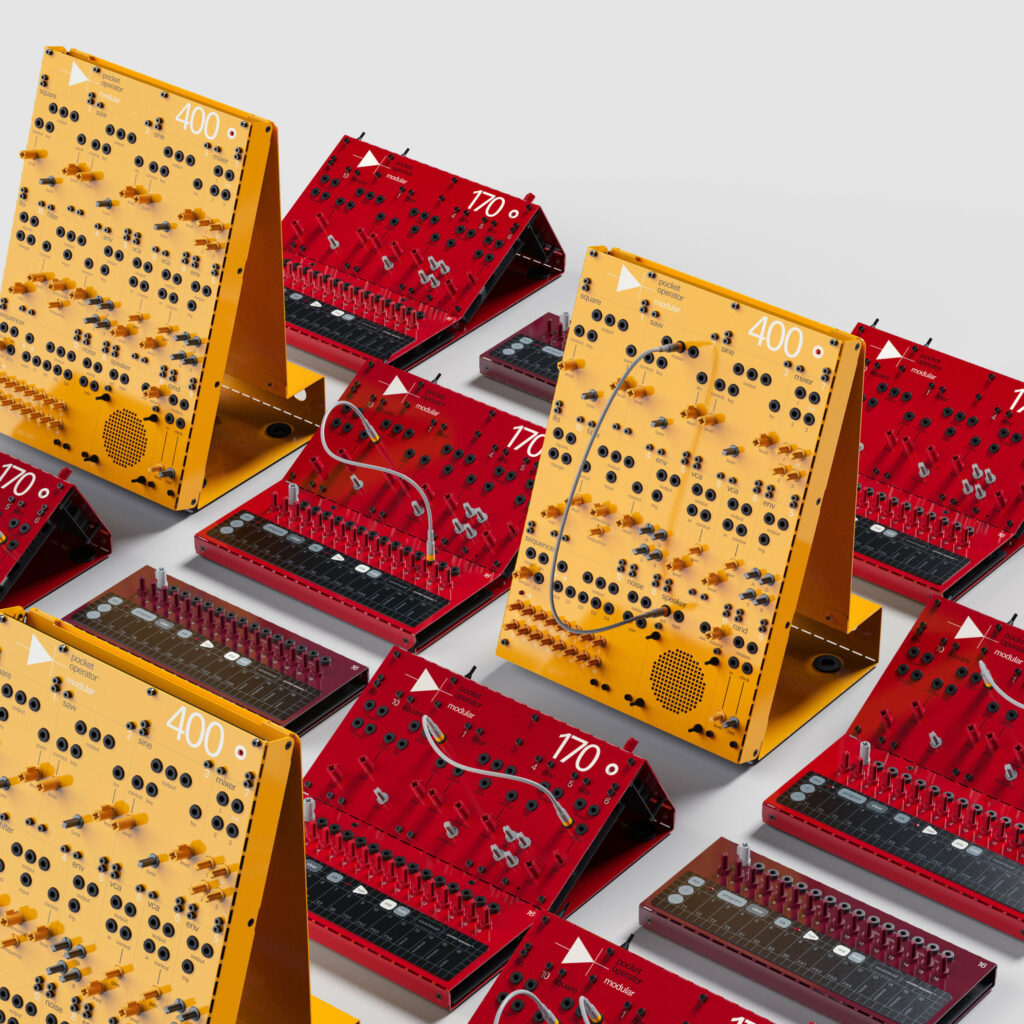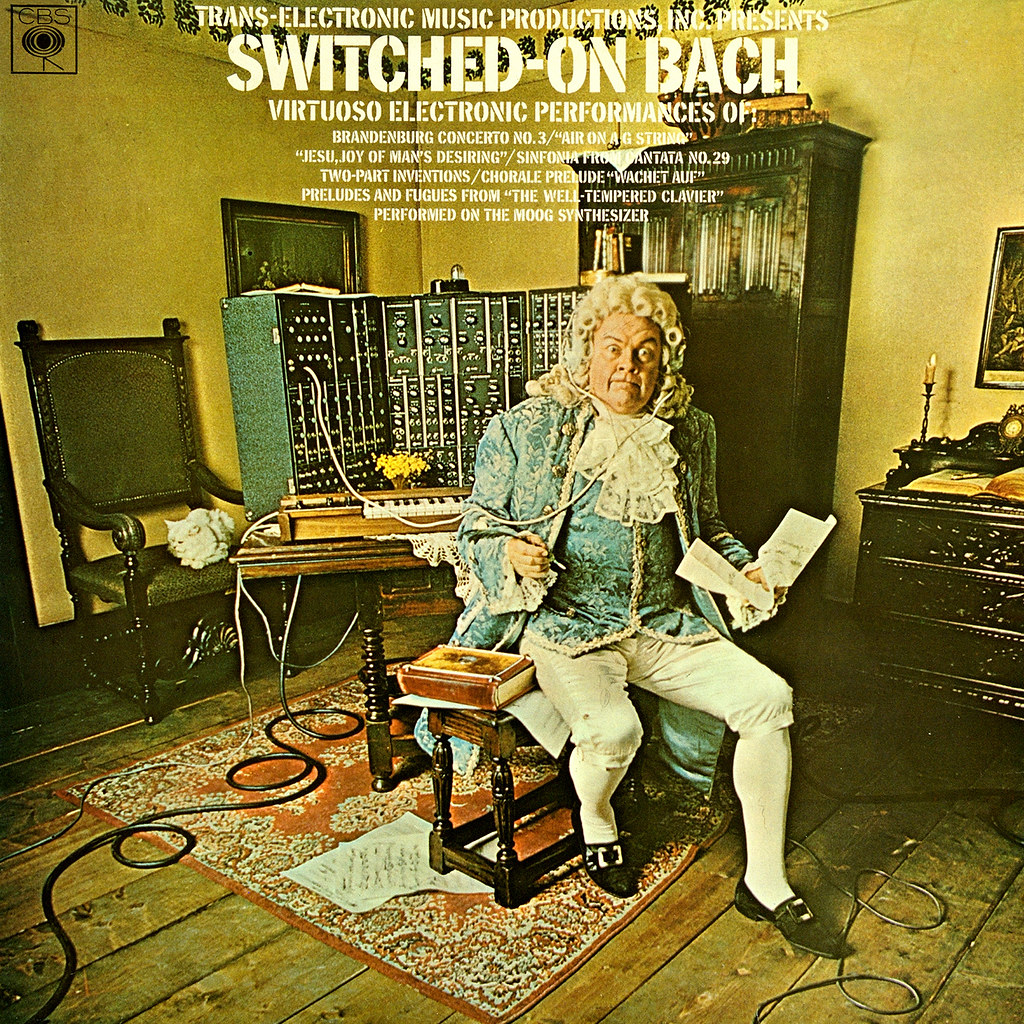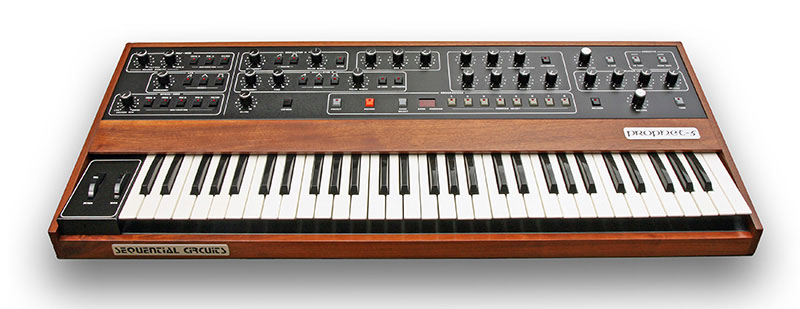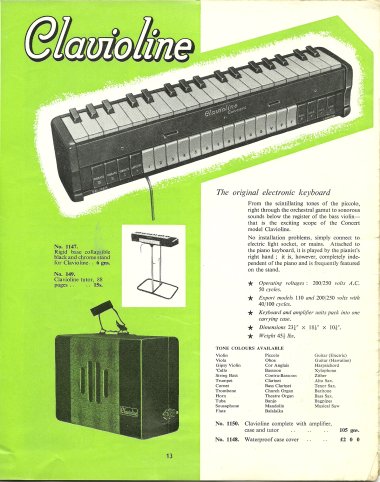
The sound of a Clavioline cannot be said to have dominated popular music, but it could be heard on: Del Shannon’s (1934 – 1990) Runaway (1961); the Tornados/ Tornadoes instrumental Telstar (1962), if only from an imitation Univox, and not a real instrument; three of Sun Ra’s (1914 – 1993) albums, including The Magic City (1966); The Beatles’ Baby, You’re a Rich Man (1967). Fast forward to a new millenium, past several notable musicians, to Mike Oldfield (1953 – ), Return to Ommadawn (2017).
Hearing Telstar on a Clavioline can take less than 30 seconds.
The Clavioline is an electronic keyboard instrument, regarded as an immediate precursor of the analogue synthesizer. Constant Martin (1910 – 1995), a French radio technician/ electrical engineer, invented and developed it in 1947.
This was not his first electronic instrument. From 1932 to 1937 Martin developed an organ-like instrument, which used harmonium reeds. It was demonstrated in 1939. In 1943, he constructed another electronic organ that used independent oscillators and harmonic analyzers. In the 1950s, he used recently developed integrated circuits to improve organs and bells. In 1961, he used transistors to add harmonic effects to produce sounds that convincingly sound like a pipe organ. Martin pioneered, some would say revolutionized, the manufacture of electronic instruments. He was concerned about producing a variety of sounds, that could impact many musical genres.
The Clavioline consisted of two physically separate units: a keyboard and an amplifier with speaker. In addition to the 36 conventional, horizontal keys expected, the keyboard also used vertically mounted, front-facing switches (called stops) to alter the tone of the sound produced, along with a vibrato, that provided effects and was the instrument’s defining feature. The vacuum tube oscillator produced almost square waveforms, suitably altered using high-pass and low-pass filters, and the vibrato. After the electric signals were passed from the keyboard to the amplifier unit, the amplifier deliberately added distortion to create the instrument’s signature tones.
The Clavioline was covered by US Patent 2 563 477, filed 1948-05-01, issued 1951-08-07. Information about the invention, including circuit diagrams, can be found here. With his intellectual property protected, Martin , licensed production to others, rather than manufacturing it himself: Henri Selmer in France, who also produced and sold it in the United Kingdom; Gibson in the USA; and Jörgensen Electronic in Germany.
Underneath the keyboard there was a knee lever/ slider consisting of two protruding metal rods. Pushed to the left, this transposed the instrument down an octave, pushed to the right it transposed up an octave, giving the Clavioline a five-octave range.
A Selmer Auditorium = Gibson Standard model provided a five-octave range with 18 stops. These were named 1 to 9, plus O, A, B, V and P, along with four vibrato switches: I, II, III and Amplitude.
A Selmer and Gibson Concert model provided 22 stops. These four additional stops were used to provide greater flexibility. These activated octave dividers that produced a tone one octave (Sub I) and two octaves (Sub II) below the unmodified voice. A Reverb Concert model was also produced for a short period that added a spring reverberator.
| Number stops | Letter stops | Vibrato | Amplitude | Range | |
| Alto Saxophone | 2 3 | – | II | Off | M |
| Arabian Flute | 1 4 8 | – | I | Off | H |
| Bagpipe | 1 4 8 or 1 9 | – | I | Off | M or H |
| Banjo | 3 4 | B P | – | – | M |
| Bass Saxophone | 4 | – | III | Off | L |
| Bass Violin | 1 | V | I | Off | L |
| Bassoon | 3 7 | – | – | – | L |
| Violoncello | 1 | V | II | Off | L |
| Church Organ A | 4 6 | – | – | – | L or M |
| Church Organ B | 4 9 | – | – | – | L or M |
| Church Organ C | 6 | – | – | – | L or M |
| Cornet | 6 | – | I | Off | M |
| Electric Guitar | 4 | P | II | Off | M |
| English Horn | 2 3 | B | – | – | M |
| Harpsichord | 3 5 6 8 | P | – | – | H |
| Horn | 2 3 | – | III | On | L |
| Fife | – | B O | – | – | H |
| Flute | 3 4 5 | – | I | Off | H |
| French Horn | 3 | – | – | – | L |
| Harpsichord | 3 5 6 8 | P | – | – | M or H |
| Hawaiian Guitar | 1 4 6 | P | II | On | M |
| Hunting Horn | 3 | – | III | On | L |
| Mandolin | 3 6 8 | P | – | – | H |
| Musical Saw | 3 | B | II | On | H |
| Muted Gypsy Violin | 1 | O | II | On | M |
| Oboe | 1 4 8 | – | I | Off | M |
| Orch Horn | 3 | – | II | Off | L or M |
| Piccolo | 1 4 0 | – | II | Off | H |
| Reed-Pipe | – | B | – | – | H |
| Tenor Saxophone | 4 | – | III | Off | L |
| Theatre Organ | 4 | – | III | On | M or H |
| Trombone | 3 | – | II | Off | L |
| Trumpet | – | – | II | Off | M or H |
| Viola | 1 | O or V | II | On | H |
| Violin | 1 | O or V | II | On | H |
| Clavioline Tone | 3 4 6 | – | III | On | M |
| Vox Celesta | 4 5 6 | – | III | On | M |
| Zither | 1 4 6 | P | III | On | M |
Harald Bode (1909 – 1987) created a six-octave model using octave transposition, that was made by Jörgensen.
As a monophonic instrument, the Clavioline met with initial success. It also inspired imitation. In England, the Jennings Organ Company produced the Univox, their first successful product with a self-powered electronic keyboard. In Japan, Ace Tone’s first prototype, the Canary S-2, launched in 1962, was based on the Clavioline. However, the Clavioline was unable to compete, when polyphonic synthesizers were introduced.
In 1959, Maxfield Crook (1936 – 2020) modified a Clavioline to create the Musitron, made from assorted discarded electronic components sourced from television sets, amplifiers, reel-to-reel tape machines and household appliances. Because most of its components came from previously patented products, the Musitron was unpatentable. Crook first used it for recording at Berry Gordy’s Detroit studio on an unreleased version of Bumble Boogie. Later, it became world famous, for its performance on Del Shannon’s Runaway (1961).
Much of the information about the Clavioline was provided by Gordon Reid, in an article published in 2007. It also has photographs illustrating the technical details.



